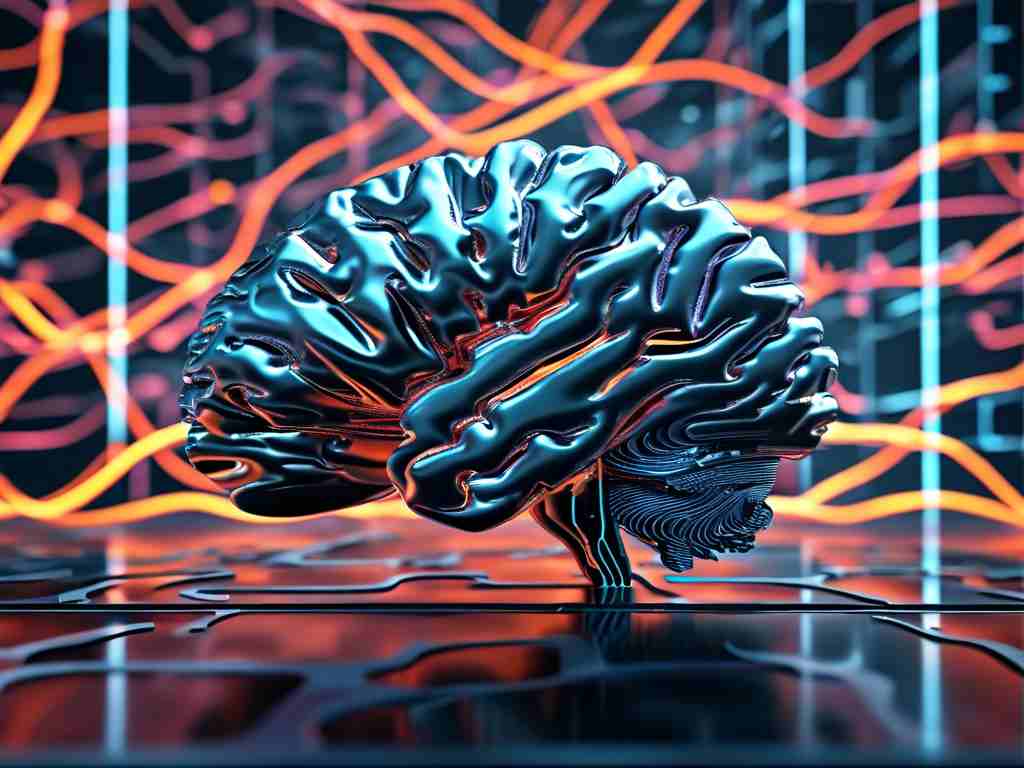In the rapidly evolving field of artificial intelligence, PyTorch has emerged as a preferred framework for developing neural networks. Its dynamic computation graph and intuitive syntax make it particularly suitable for both research and production environments. This article explores practical approaches to building robust neural networks using PyTorch while addressing common challenges developers face.

Core Concepts of PyTorch
At the heart of PyTorch lies the tensor object, which enables efficient numerical computations on GPUs. Unlike static computation graphs in other frameworks, PyTorch's dynamic graph (define-by-run) allows real-time modifications during model training. For instance, a simple feedforward network can be initialized with just a few lines of code:
import torch.nn as nn
class NeuralNet(nn.Module):
def __init__(self):
super().__init__()
self.layer1 = nn.Linear(784, 128)
self.relu = nn.ReLU()
self.layer2 = nn.Linear(128, 10)
def forward(self, x):
x = self.layer1(x)
x = self.relu(x)
return self.layer2(x)
This flexibility proves invaluable when debugging complex architectures or implementing custom layers.
Data Handling and Optimization
Effective data management is critical for training neural networks. PyTorch's DataLoader class simplifies batch processing and parallel data loading. Consider this implementation for image classification tasks:
from torchvision import datasets, transforms
transform = transforms.Compose([
transforms.ToTensor(),
transforms.Normalize((0.5,), (0.5,))
])
train_data = datasets.MNIST(root='./data', train=True, download=True, transform=transform)
train_loader = torch.utils.data.DataLoader(train_data, batch_size=64, shuffle=True)
When optimizing models, developers must carefully select loss functions and optimizers. The framework provides diverse options, from standard SGD to advanced algorithms like AdamW:
criterion = nn.CrossEntropyLoss() optimizer = torch.optim.AdamW(model.parameters(), lr=0.001)
Advanced Techniques and Pitfalls
While PyTorch simplifies many aspects of neural network development, practitioners must remain vigilant about common issues. Gradient vanishing/exploding can be mitigated through proper weight initialization using methods like He or Xavier normalization. Overfitting is often addressed by implementing dropout layers or early stopping mechanisms.
A critical advantage of PyTorch is its seamless integration with auxiliary libraries. Tools like TorchVision for computer vision tasks and TorchText for natural language processing extend the framework's capabilities. Moreover, the growing ecosystem of community-driven packages continues to expand its applicability across domains.
Deployment Considerations
Transitioning from prototype to production requires careful planning. PyTorch's TorchScript enables model serialization for deployment in non-Python environments. For edge devices, frameworks like ONNX Runtime or LibTorch can optimize inference speed. Developers should also monitor model performance using tools like TensorBoard or custom logging systems.
In , PyTorch's combination of flexibility and performance makes it an indispensable tool for modern AI development. By mastering its core components and staying attuned to best practices, developers can build neural networks that are both efficient and adaptable to evolving technological demands. Future advancements in the framework will likely focus on enhancing distributed training capabilities and streamlining deployment workflows.









